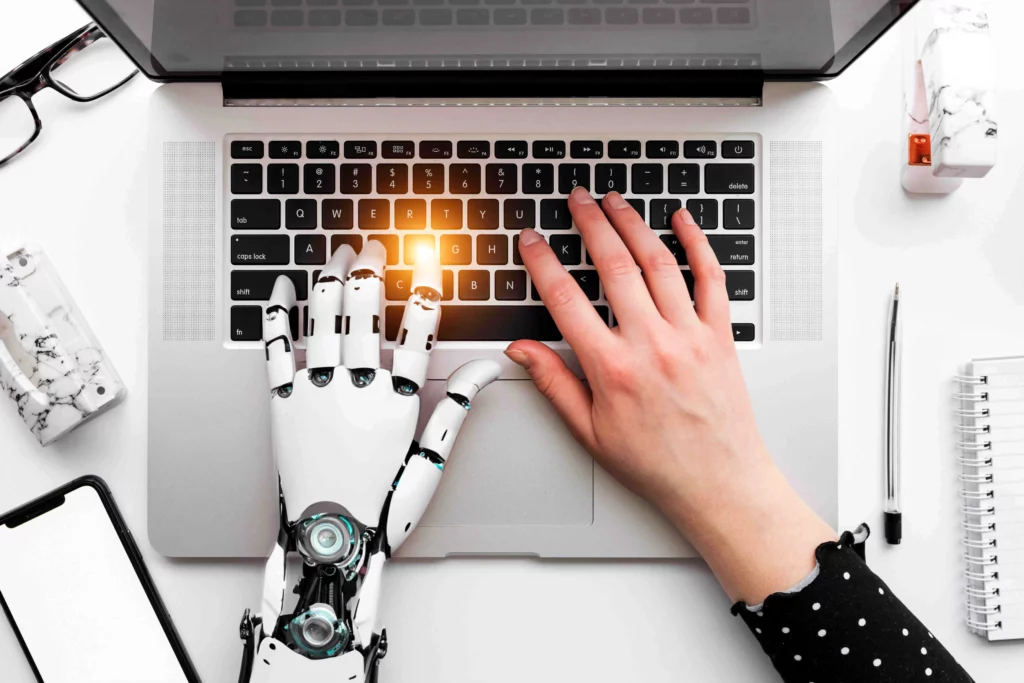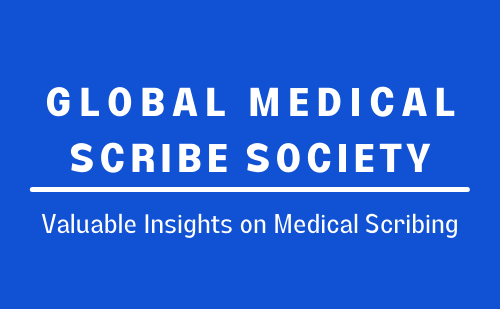
The widespread adoption of electronic health records has led physicians to spend over half of their workday on EHR-related tasks, often at the expense of patient care time. This has led to the evolution of AI scribes, a technological solution designed to automate clinical documentation. The AI-powered scribes listen to physician-patient encounters in real-time and generate medical notes automatically. However, the crucial question arises: do AI medical scribes accurately capture and record clinically relevant information as effectively as human scribes? The answer is a resounding no – machine-generated notes consistently fall short in terms of accuracy, relevance, completeness, and comprehensibility.
In this blog post, we will delve into the challenges faced by AI medical scribes, highlighting instances where they fall short in comparison to their human counterparts in terms of accurate documentation
Inability to grasp non-lexical sounds
One notable limitation of AI scribes is their inability to understand non-lexical sounds, such as ‘mm-hm’ and ‘uh-huh,’ in physician-patient conversations. These may seem like trivial elements, but hold significance in a clinical context, particularly in medical histories. Hence their omission by CAL scribes can result in severe consequences in patient care, like billing discrepancies to incorrect prescriptions.
Struggle to handle backtracking in conversation
AI-driven scribes struggle to handle backtracking in conversation, a common occurrence when physicians seek clarification or recall additional details. Human scribes excel in discerning the accurate information that needs to be documented during such instances, whereas AI scribes may struggle to interpret and document effectively. However, human scribes never fail to notice it and can document the same in an accurate manner.
Fail to understand complex medical conversations
Complex medical conversations with multiple speakers pose another challenge for automated scribes. In scenarios where various individuals, including doctors, patients, family members, and nursing staff, are involved, AI-based scribes lack the human-level comprehension required to understand and interpret the nuances of the dialogue for medical relevance. The following are other instances where an AI-assisted scribes fall short and a human scribe outperforms.
1. Value judgment: Discerning between clinically significant conversations and casual exchanges like, ‘I felt a pain in my heart when the charges moved to LA.’
2. Sarcasm detection: Recognizing moments when severely intoxicated patients respond with, ‘Maybe just a little,’ to inquiries about their drinking habits.
3. Figurative vs. literal language: Grasping that a patient’s mention of a ‘knife stab’ in the ‘stomach’ actually refers to sharp pain in the abdomen.
The aforementioned complexities are only a glimpse of the intricate patient dialogs that automated scribes struggle to comprehend, a capability that human scribes naturally possess.
Contextual interpretation and accurate summarization
Contextual interpretation and accurate summarization of medical conversations are additional areas where AI- driven scribes struggle. Physicians often use vague and ambiguous language, jumping between topics and changing subjects. Human scribes excel at interpreting context, a challenging task for CAL scribes. The ultimate goal of summarizing medical conversations into a structured format becomes difficult for AI-powered scribes without contextual interpretation.
In conclusion, while AI scribes for doctors show promise as documentation tools, they still encounter challenges in accurately capturing critical information. Human scribes, with their specialized training in medical documentation and unique skill set, continue to outperform digital scribes in providing accurate and detailed notes. We are aware that the healthcare industry is experiencing a shift in how technology and human expertise are integrated. While AI can assist, it cannot completely replace the depth of understanding and judgement that humans bring to the table.
